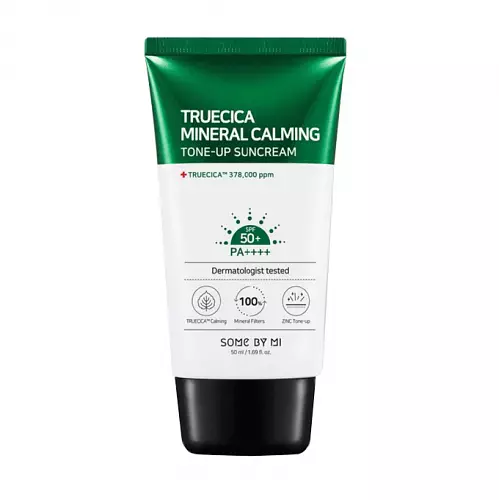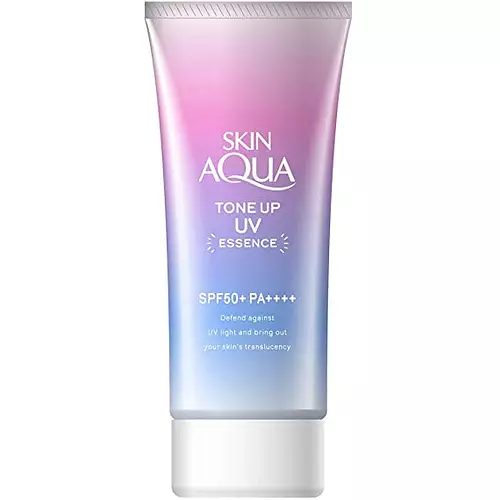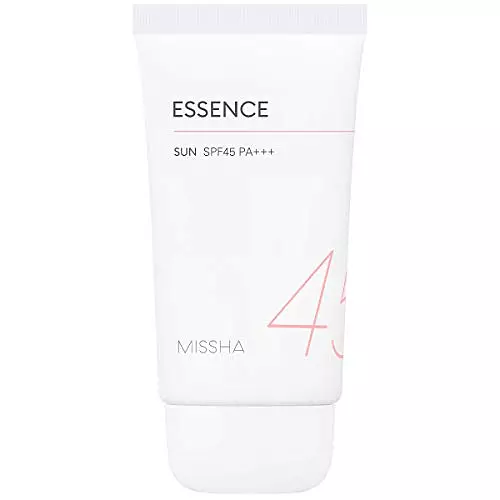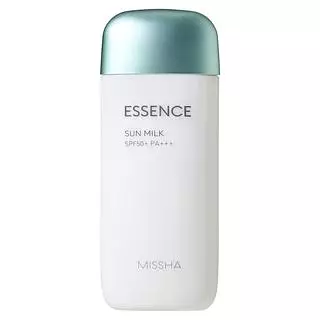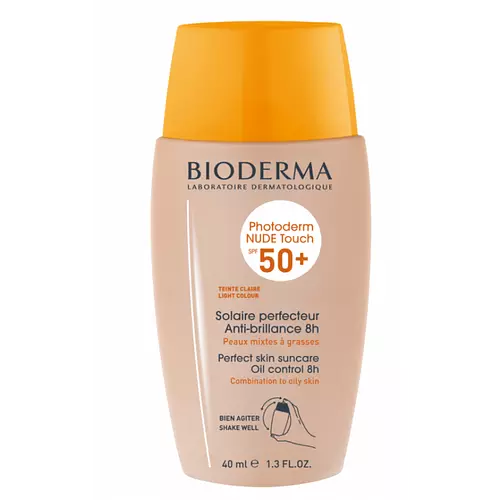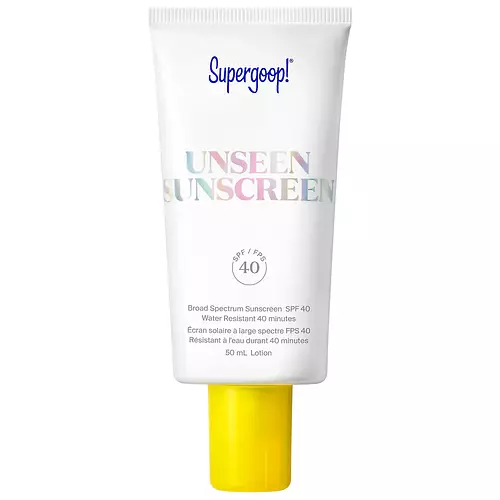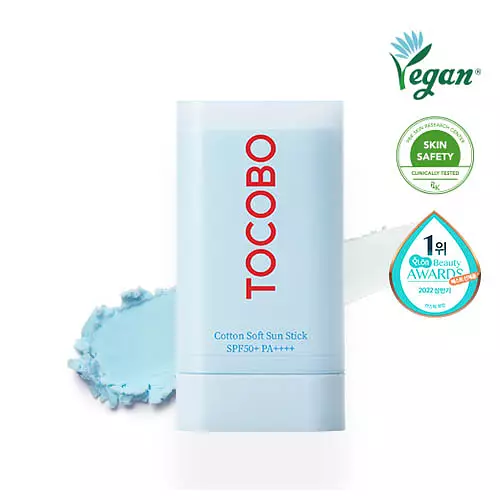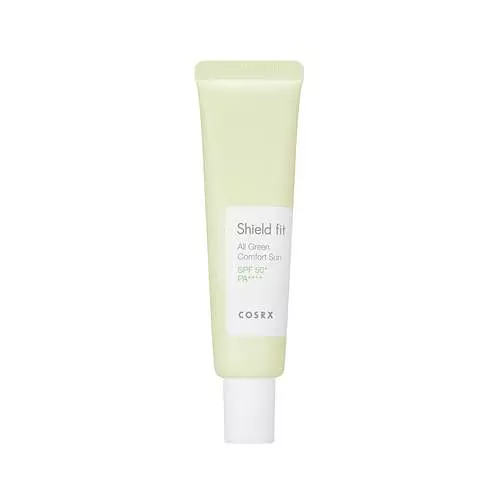Some By Mi Truecica Mineral Calming Tone-up Suncream SPF 50+ PA++++ Versus Rohto Mentholatum Skin Aqua Tone Up UV Essence SPF 50+ PA++++ - Lavender
Updated on January 31, 2024
Overview
What they are
These products are both sunscreens. They have a total of 3 ingredients in common
Cool Features
They both contain SPF
Suited For
They're both likely to be good for anti aging, brightening skin, scar healing and dark spots
Free From
They both do not contain any parabens
What's Inside
They both contain oils and silicones
We independently verify ingredients, and our claims are backed by peer-reviewed research. Spot a product that needs an update? Let us know.
Ingredient Info
Some By Mi Truecica Mineral Calming Tone-up Suncream SPF 50+ PA++++ 42 ingredients
Rohto Mentholatum Skin Aqua Tone Up UV Essence SPF 50+ PA++++ 31 ingredients
At a glance
Click on any of the items below to learn more
Some By Mi Truecica Mineral Calming Tone-up Suncream SPF 50+ PA++++ 42 ingredients
Rohto Mentholatum Skin Aqua Tone Up UV Essence SPF 50+ PA++++ 31 ingredients
Notable Ingredients
This product contains 2 ingredients that may have this attribute:
This product contains 1 ingredient that may have this attribute:
Benefits
This product contains 1 ingredient that may have this attribute:
This product contains 1 ingredient that may have this attribute:
This product contains 3 ingredients that may have this attribute:
This product contains 1 ingredient that may have this attribute:
This product contains 1 ingredient that may have this attribute:
This product contains 1 ingredient that may have this attribute:
This product contains 1 ingredient that may have this attribute:
This product contains 2 ingredients that may have this attribute:
This product contains 2 ingredients that may have this attribute:
Concerns
This product contains 1 ingredient that may have this attribute:
This product contains 1 ingredient that may have this attribute:
Notable Ingredients
This product contains 3 ingredients that may have this attribute:
This product contains 1 ingredient that may have this attribute:
This product contains 1 ingredient that may have this attribute:
This product contains 1 ingredient that may have this attribute:
Benefits
This product contains 1 ingredient that may have this attribute:
This product contains 1 ingredient that may have this attribute:
This product contains 2 ingredients that may have this attribute:
This product contains 2 ingredients that may have this attribute:
This product contains 1 ingredient that may have this attribute:
This product contains 2 ingredients that may have this attribute:
This product contains 2 ingredients that may have this attribute:
Concerns
This product contains 1 ingredient that may have this attribute:
This product contains 2 ingredients that may have this attribute:
This product contains 3 ingredients that may have this attribute:
This product contains 2 ingredients that may have this attribute:
This product contains 2 ingredients that may have this attribute:
Ingredients Side-by-side
Ingredients Explained
These ingredients are found in both products.
Ingredients higher up in an ingredient list are typically present in a larger amount.
Titanium dioxide is known for its UVA and UVB protection properties. It is non-comedogenic and non-irritating. Titanium Dioxide is a physical sunscreen. Physical sunscreens reflect light and prevent it from reaching your skin.
Protecting your skin against UV radiation can prevent the signs of aging. Sun damage is associated with fine-lines, wrinkles, loss of firmness, and hyperpigmentation. Titanium dioxide can help prevent premature aging.
With modern production, nano-scale or fine-grade titanium dioxide can be easily produced for cosmetics. In sunscreen, titanium dioxide absorbs UV light. Our skin is not able to absorb Titanium dioxide, even nanoparticles.
Titanium itself is the 9th most common element in the Earth's crust. Titanium dioxide is formed when oxygen is introduced and can be found in ores, dust, sand, and soil.
Pure titanium dioxide is a white powder that is used in many products to add or change color.
Learn more about Titanium DioxideWater. It's the most common cosmetic ingredient of all. You'll usually see it at the top of ingredient lists, meaning that it makes up the largest part of the product.
So why is it so popular? Water most often acts as a solvent - this means that it helps dissolve other ingredients into the formulation.
You'll also recognize water as that liquid we all need to stay alive. If you see this, drink a glass of water. Stay hydrated!
Learn more about WaterButylene Glycol (or BG) is used within cosmetic products for a few different reasons:
- It is a solvent, meaning that it helps to dissolve other ingredients. This also enhances the absorption of the product into one's skin.
- It is a humectant, which means that it helps attract moisture into the skin.
- It helps improve product application.
Overall, Butylene Glycol is a safe and well-rounded ingredient. It is unlikely to irritate skin, and works well with pretty much all other ingredients.
Ingredient Ratings
Here's what our community thinks of the ingredients in these products.
When to use
Some By Mi Truecica Mineral Calming Tone-up Suncream SPF 50+ PA++++ 42 ingredients
Rohto Mentholatum Skin Aqua Tone Up UV Essence SPF 50+ PA++++ 31 ingredients

Reviews
Here's what our community thinks
Some By Mi Truecica Mineral Calming Tone-up Suncream SPF 50+ PA++++ 42 ingredients
Rohto Mentholatum Skin Aqua Tone Up UV Essence SPF 50+ PA++++ 31 ingredients
danielle varosa
Love this sunscreen- it's so smooth, lightweight, not sticky or drying at all. I also find that the violet color helps my skin not look too sallow...
Love this sunscreen- it's so smooth, lightweight, not sticky or drying at all. I also find that the violet color helps my skin not look too sallow and it prevents my makeup from looking yellow.
